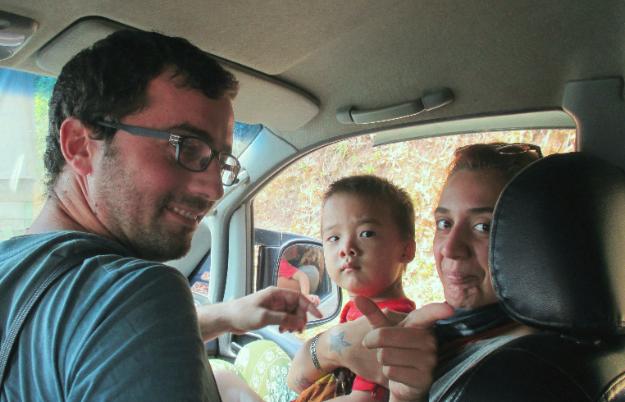
Where We Be
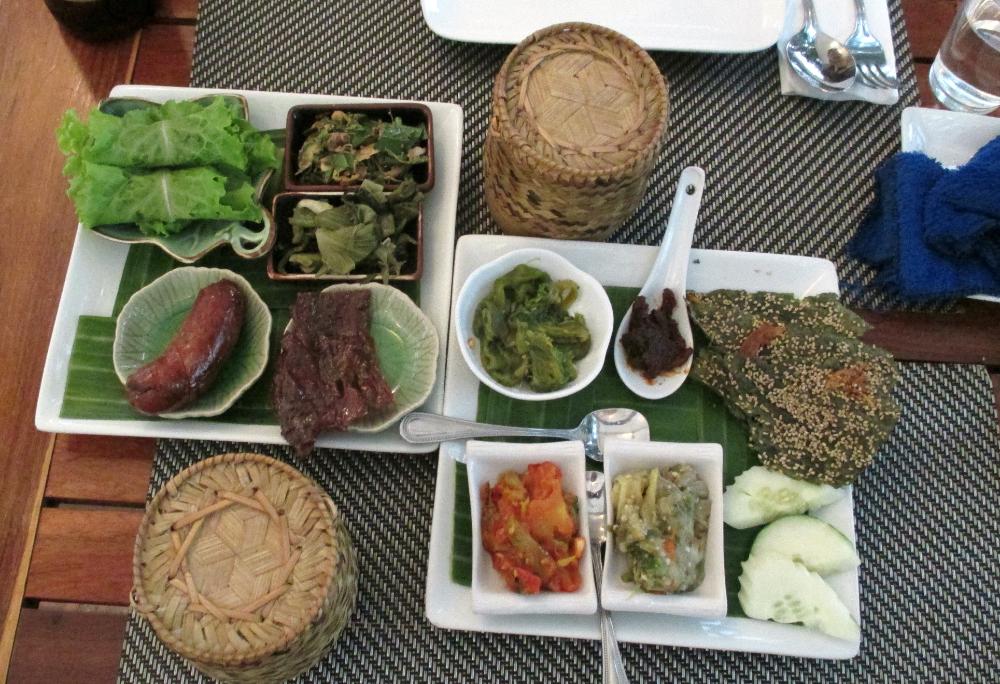
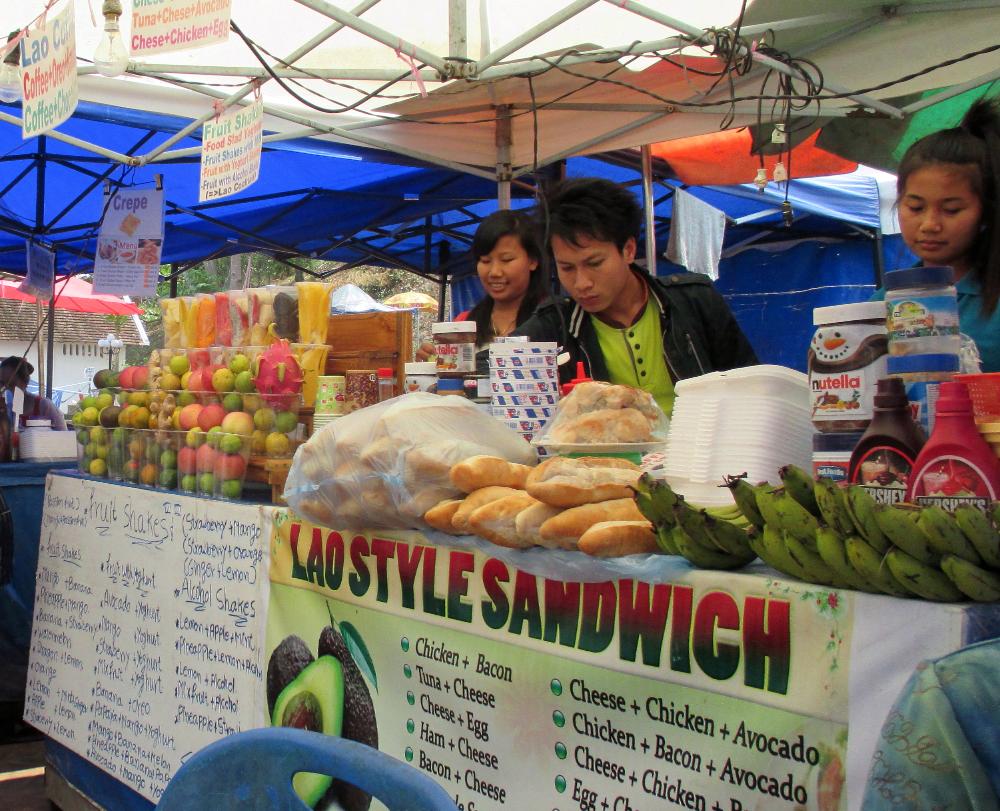
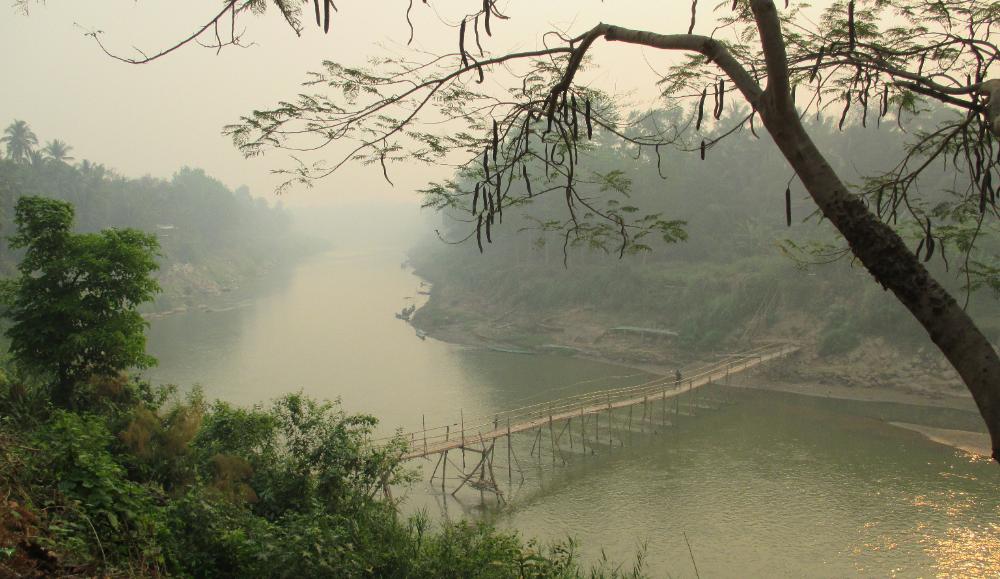
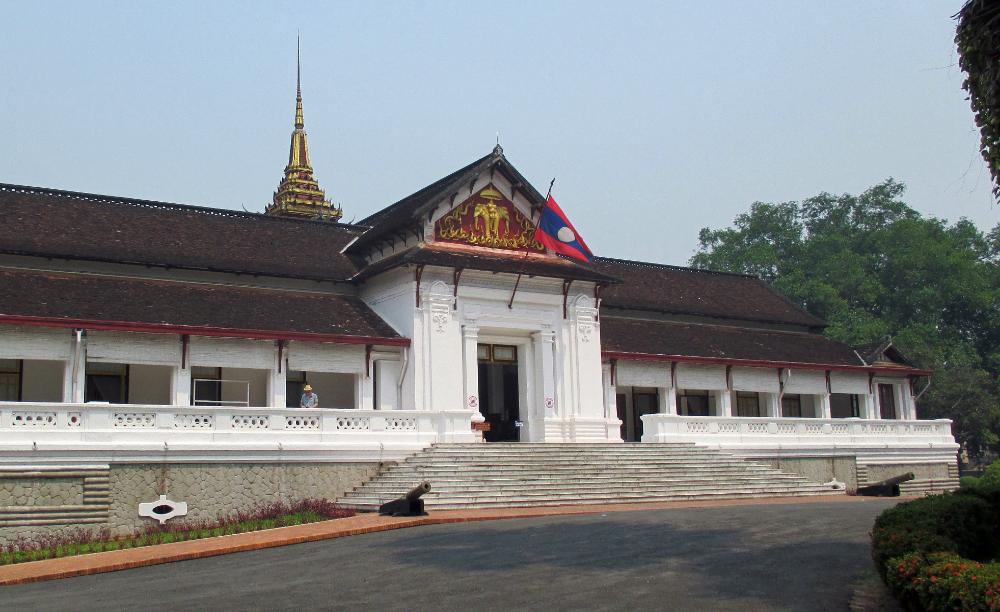
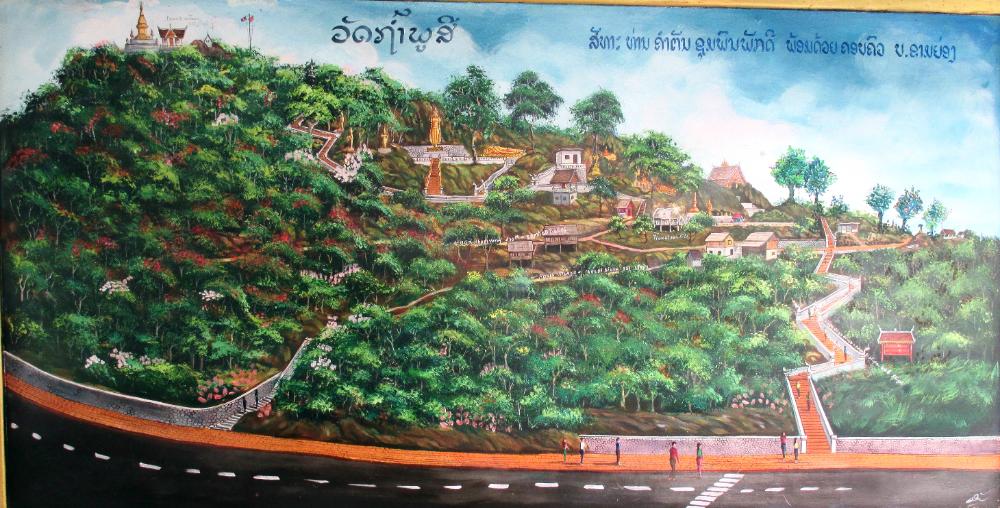
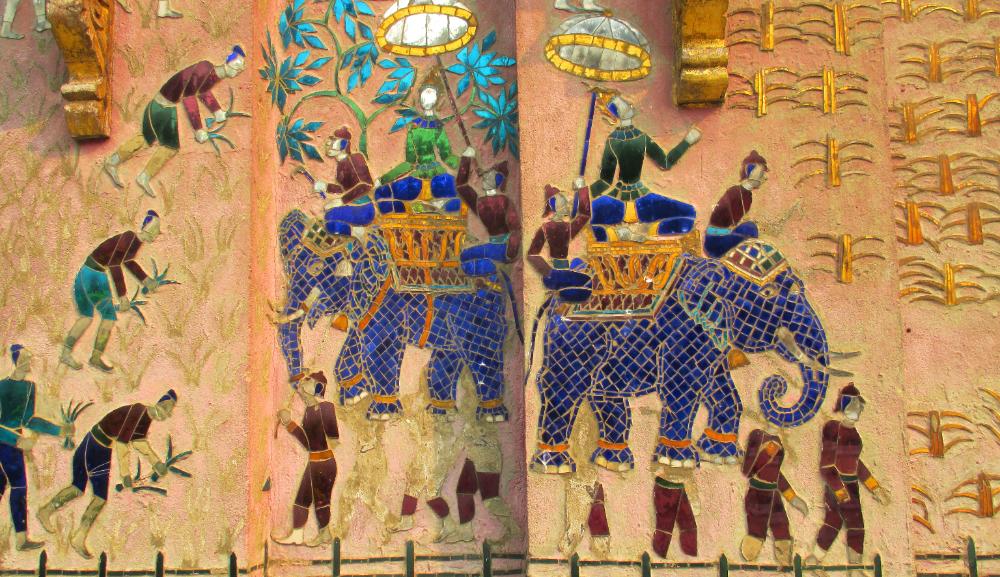
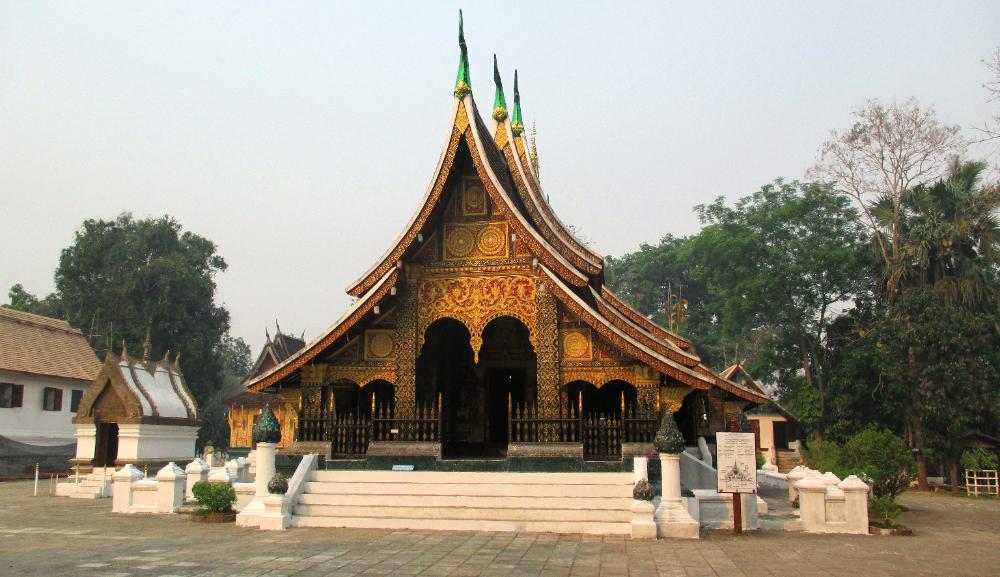
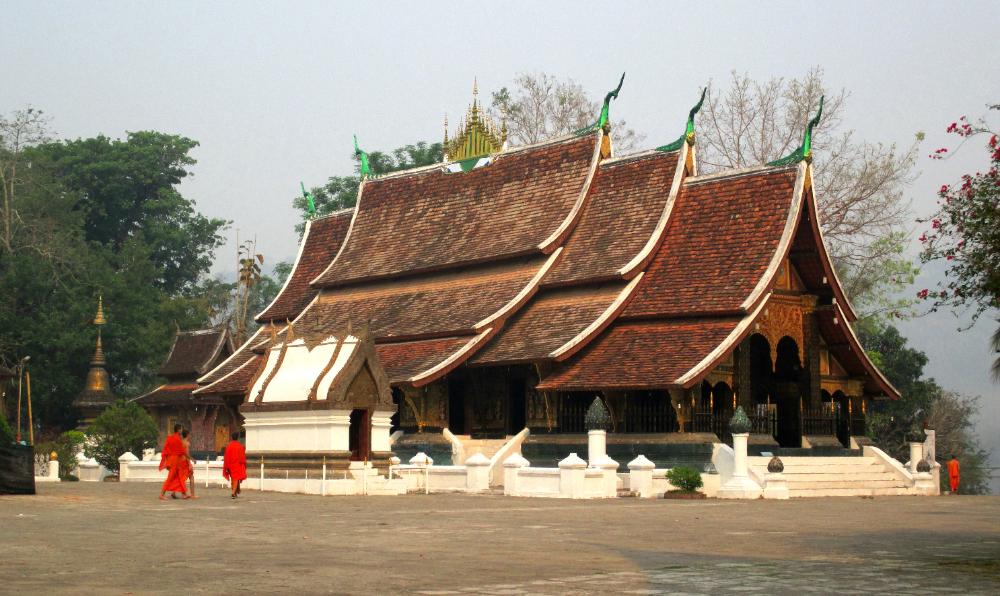
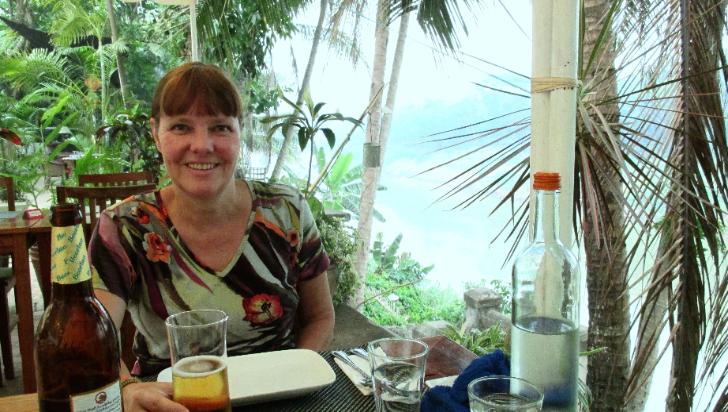
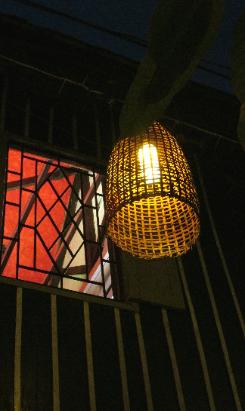
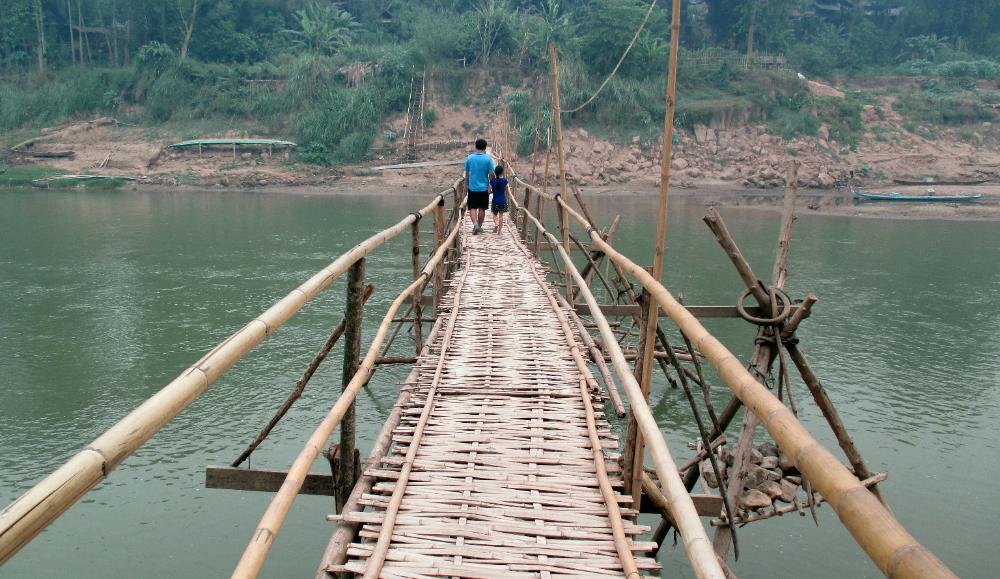
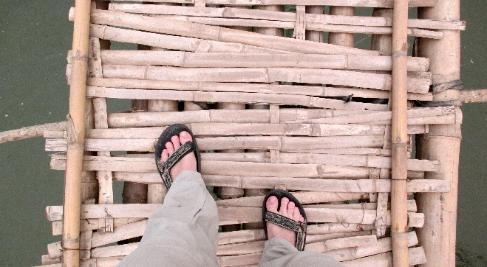
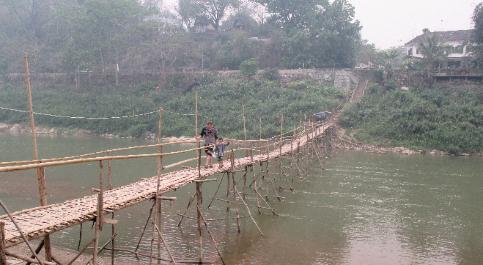
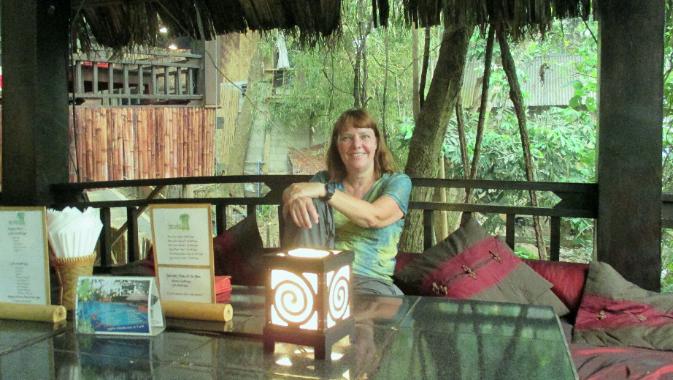
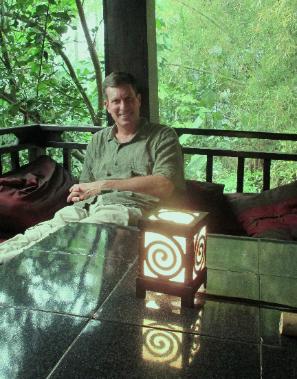
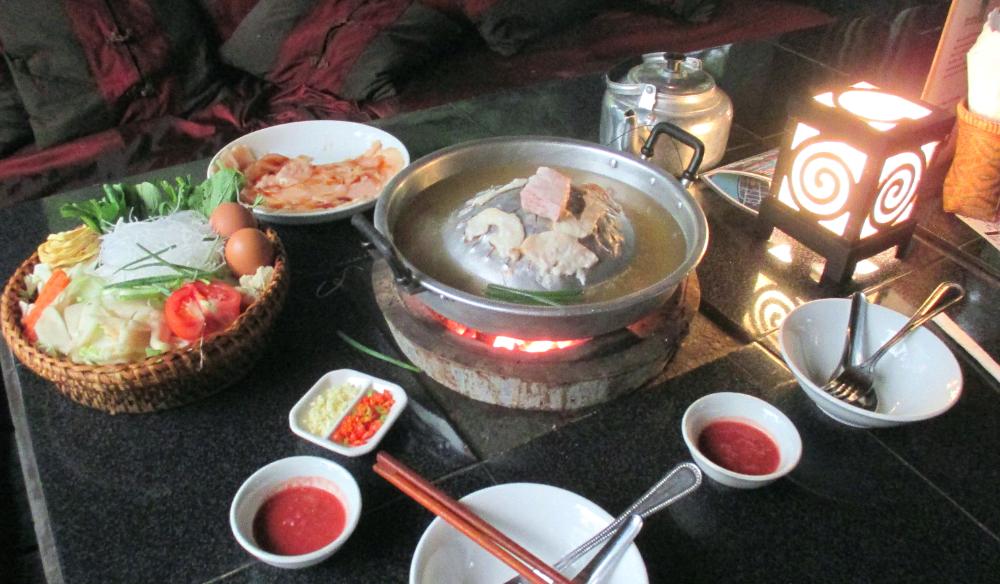
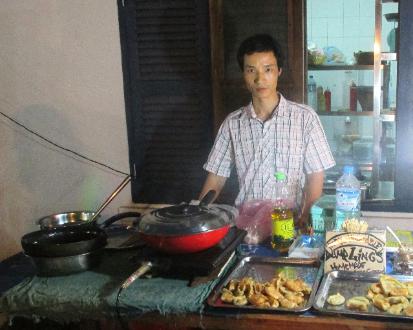
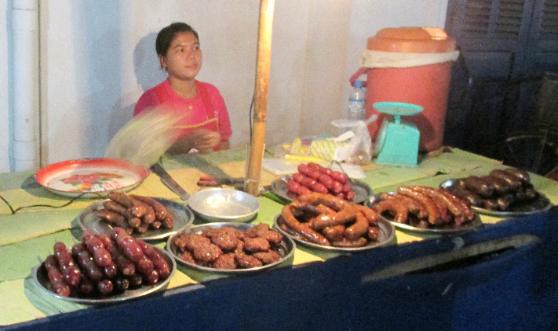
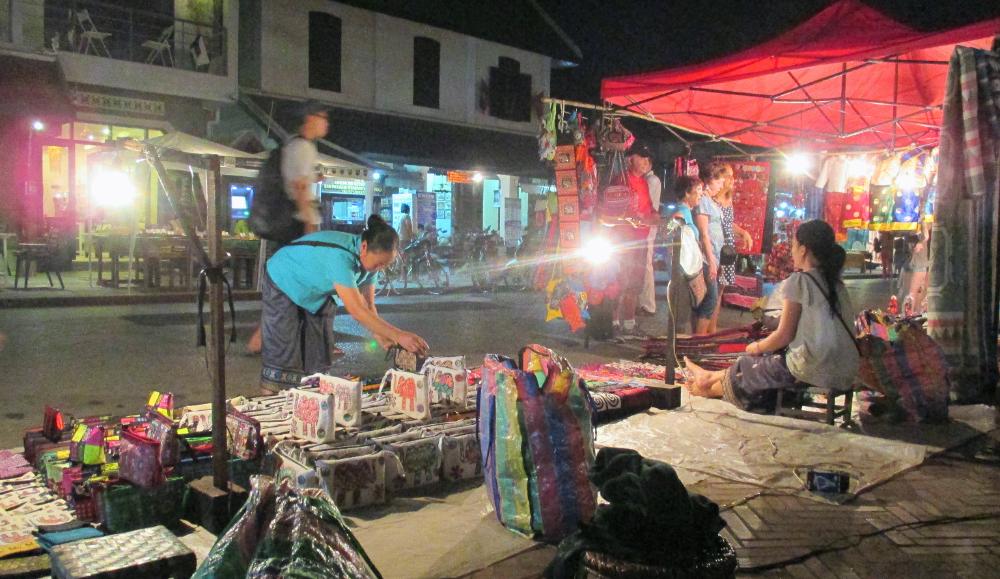
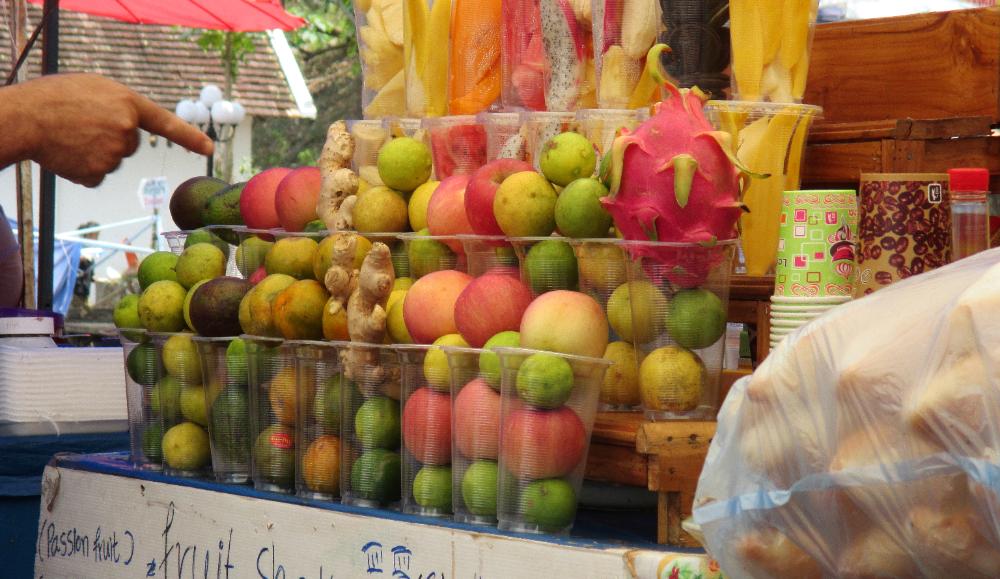
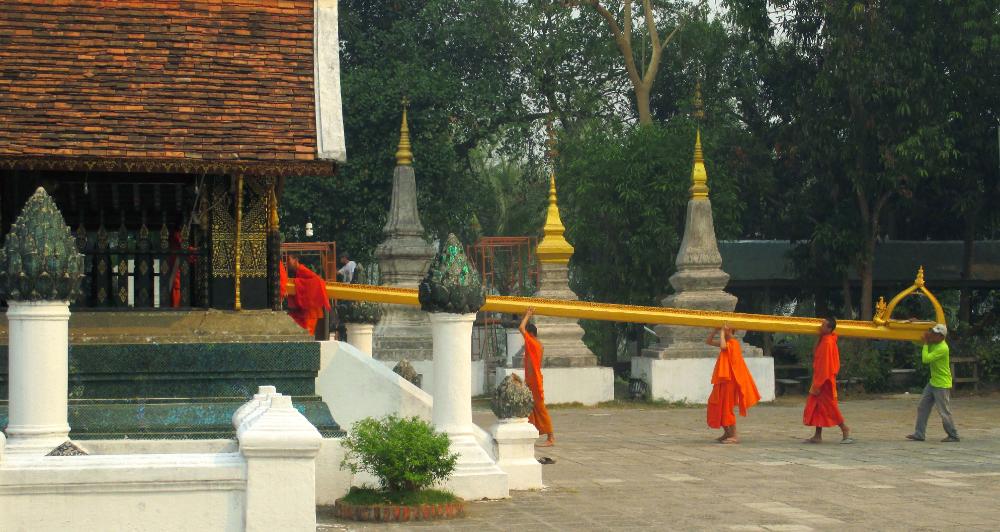
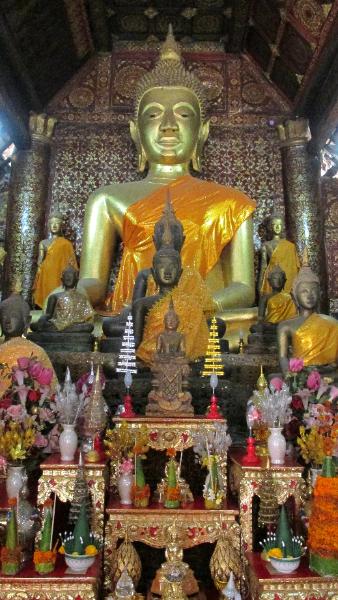
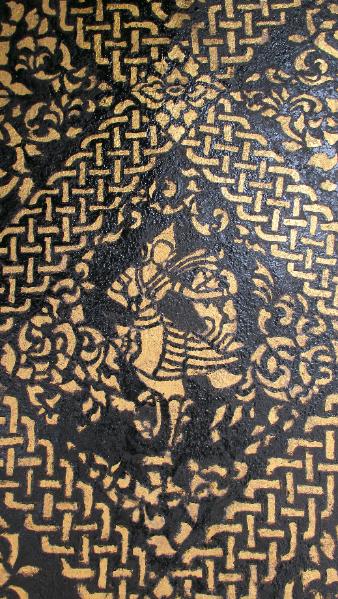
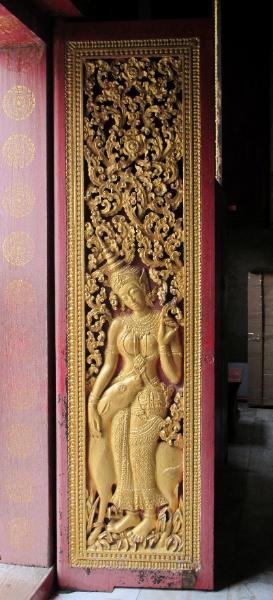
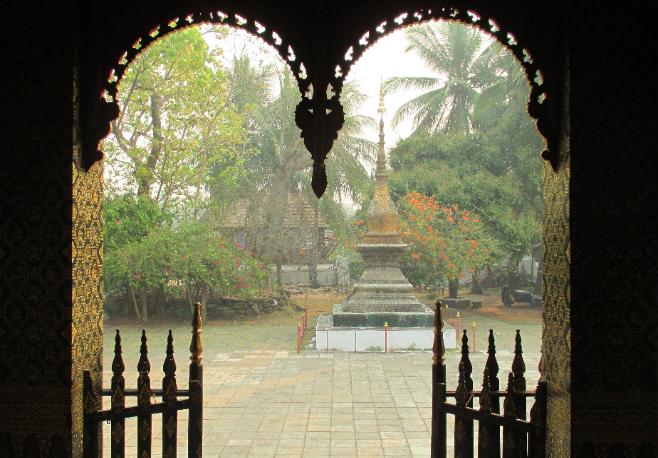
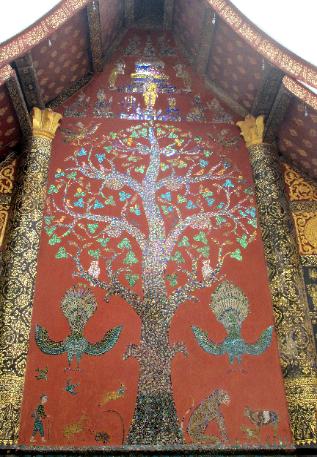
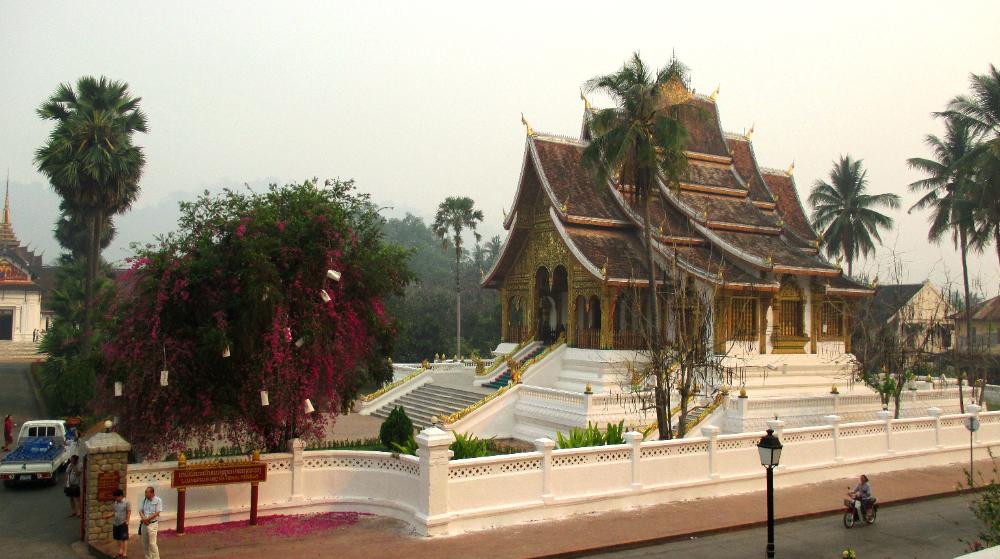
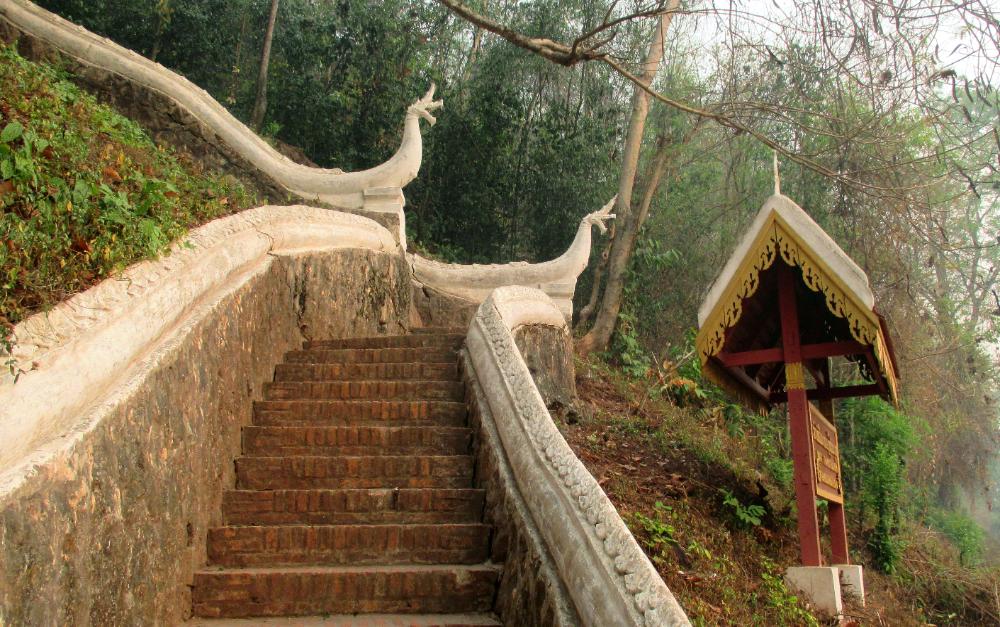
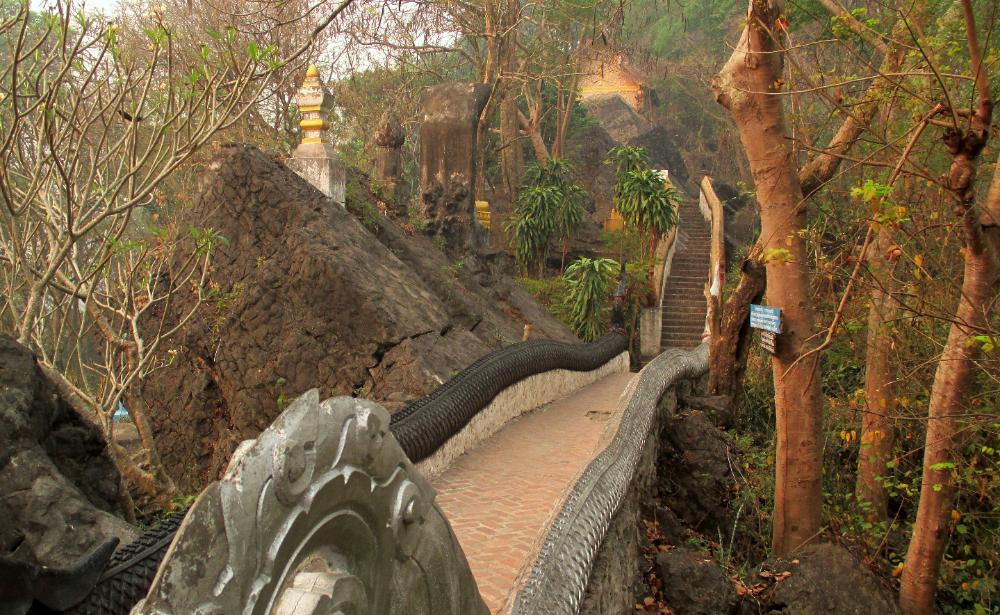
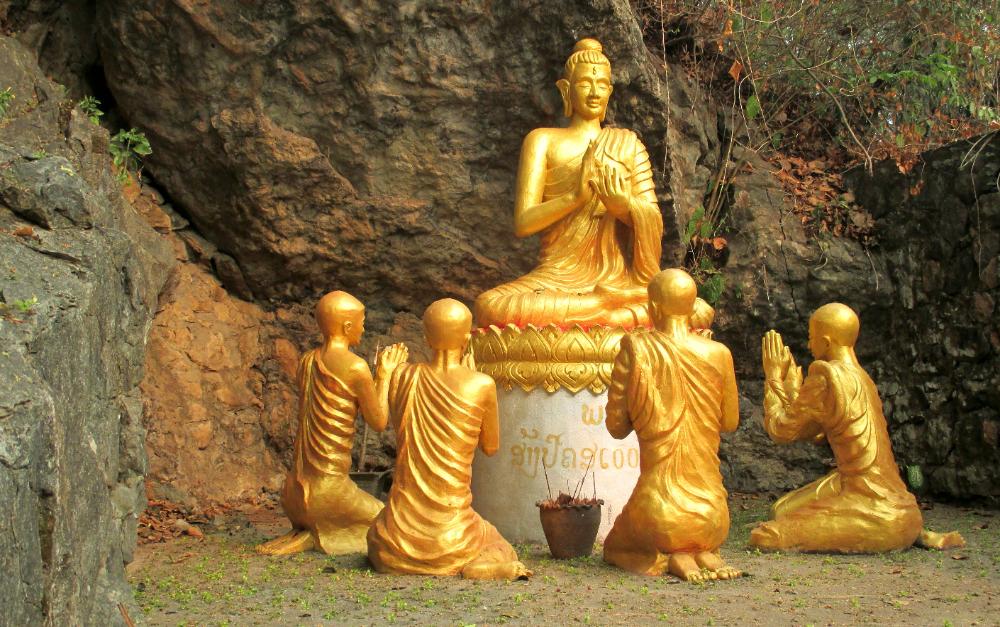
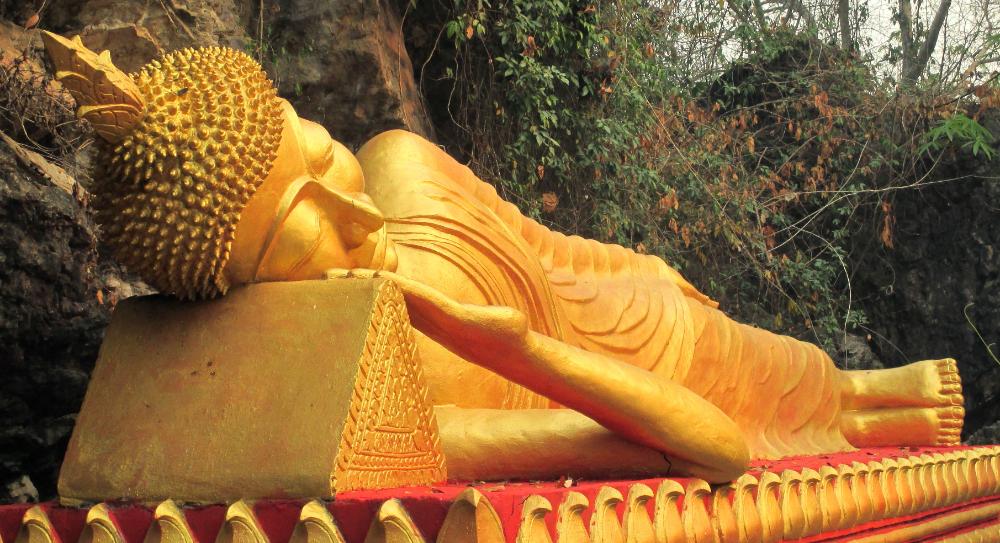
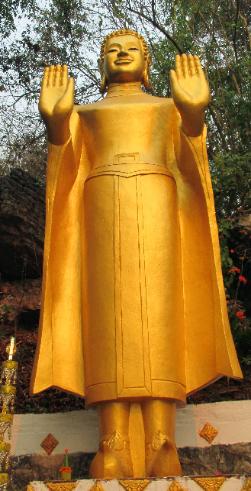
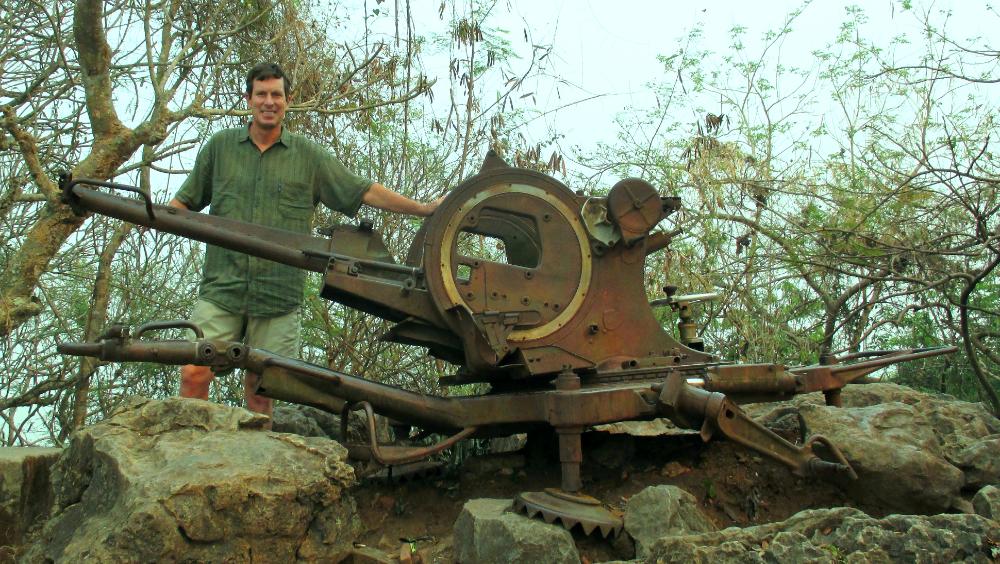
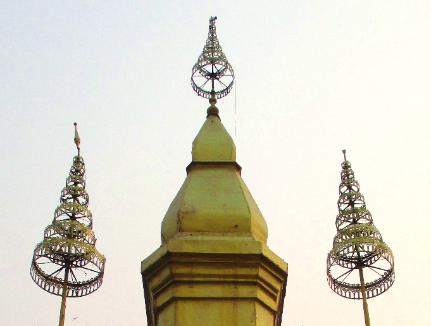
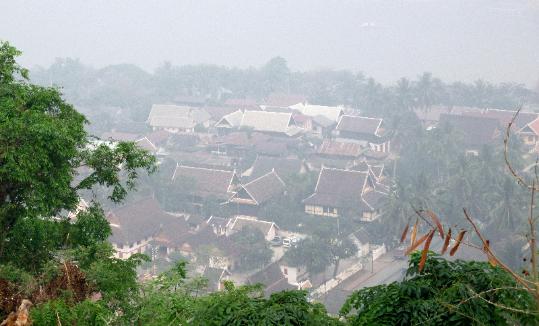
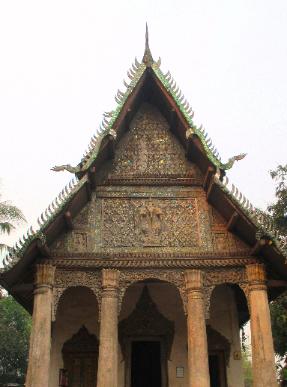

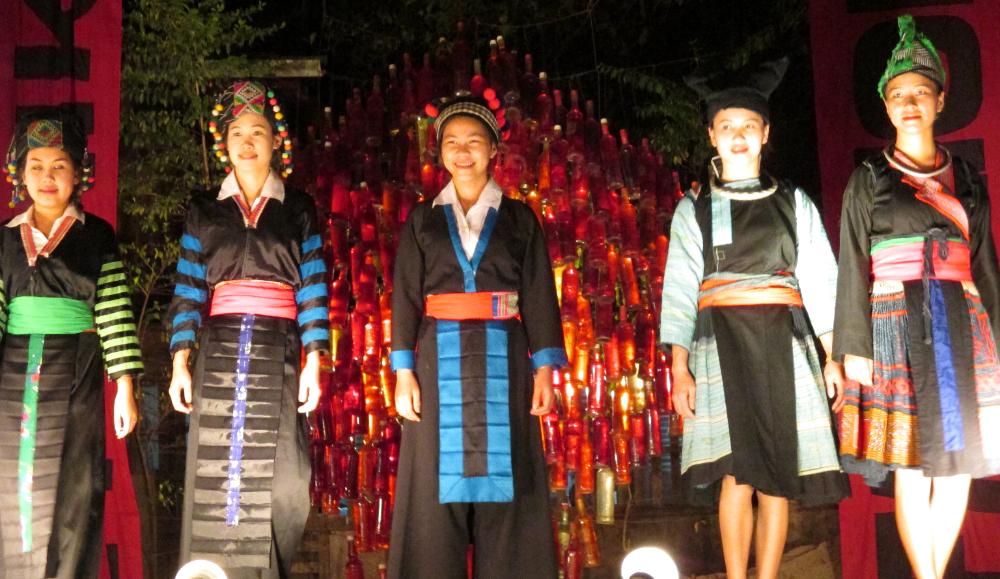
| Luang Prabang, Laos |
The six-hour van ride from Vang Vieng to Luang
Prabang had some funny moments. The first was
when our driver stopped at a roadside stand to
bargain for cabbages while we all waited. An
hour later he stopped next to a truck, reached
into its passenger side window, and came out
with a toddler. He handed the toddler through
the open window to the French couple sitting in
the front seat! Luckily the couple had a sense of
humor and just laughed at the absurdity of it.
Since the driver spoke no English we can only
assume the toddler was his son and the truck
driver a babysitter of sorts. The couple held the
kid on their laps for the next three hours! The
thing is, odd stuff like this happens all the time
in Laos, making travel here endlessly amusing.
As for Luang Prabang itself, we spent a terrific
week here and took in most of its key sights, as
you'll see below. We hiked up Mount Phousi,
crossed the Mekong to Xieng Men village, and
saw loads of temples. Wat Xieng Thong is the
most famous, but it's just one of 34 monasteries
housing more than 1,000 Buddhist monks.
Prabang had some funny moments. The first was
when our driver stopped at a roadside stand to
bargain for cabbages while we all waited. An
hour later he stopped next to a truck, reached
into its passenger side window, and came out
with a toddler. He handed the toddler through
the open window to the French couple sitting in
the front seat! Luckily the couple had a sense of
humor and just laughed at the absurdity of it.
Since the driver spoke no English we can only
assume the toddler was his son and the truck
driver a babysitter of sorts. The couple held the
kid on their laps for the next three hours! The
thing is, odd stuff like this happens all the time
in Laos, making travel here endlessly amusing.
As for Luang Prabang itself, we spent a terrific
week here and took in most of its key sights, as
you'll see below. We hiked up Mount Phousi,
crossed the Mekong to Xieng Men village, and
saw loads of temples. Wat Xieng Thong is the
most famous, but it's just one of 34 monasteries
housing more than 1,000 Buddhist monks.
| This is the Nam Khan River. The main part of the city sits on a peninsula between the Nam Khan and Mekong rivers. |
| A special treat was Tamarind Restaurant, where we sat outside with a view of the Nam Khan River while enjoying Lao specialty dishes |
| Tamarind's “Dipping Sampler” included four different spicy dips with dried river weed on the side. The river weed, covered with garlic and sesame, was surprisingly good. The “Five Bites” sampler platter had tasty dried buffalo meat (sweetly flavored), Luang Prabang pork sausage (yum), leafy green pickled vegetables, minced pork and eggplant, and leafy wraps. The whole meal came to about 100,000 kip ($12.50). |
| Across the rickety bamboo bridge lies a quieter part of the city to explore, including restaurants and lodges |
| The temporary bridge gets dismantled each rainy season and rebuilt each dry season |
| For a memorable meal, head across the bridge to Dyen Sabai Restaurant, known for its Lao BBQ (also called Lao fondue) in a romantic setting |
| A clay pot filled with burning charcoal is placed in the center of the ceramic table with an aluminum dish placed on top. You fill its lower rim with soup broth from a tea kettle then add veggies, cellophane noodles, and eggs. Next you add thin strips of meat onto the raised center portion of the aluminum dish where it sizzles. Once cooked (in about five minutes), it all goes together as a soup in your bowl. Yum! We loved it. |
| Another great option is the night market, where one long side alley is set aside specifically for food. The alley is brimming over with food stands, noodle shops, and Asian gourmet treats. We bought sausages, dumplings, and a bowl of soup with chorizo-like pork. |
| Luang Prabang’s night market is justifiably famous in its own right. Sisavangvong Street closes to vehicles after dusk so vendors can set up shop. |
| A whole week in Luang Prabang gave us plenty of time to enjoy the small pleasures -- like ordering crepes and Lao style sandwiches from local vendors on Sisavanvong Street |
| We loved the iced watermelon drinks made here. As you can see, the fruits are all stacked up and ready to go. Just point and they'll whip one up for you. |
| The "Golden City Monastery" is just one of some 34 Buddhist monasteries housing more than 1,000 monks. Luang Prabang is sometimes called the City of Golden Spires because of its many temples and monasteries. |
| Inside is a huge gold Buddha statue and lovely black-lacquer pillars with gold designs. The temple was built in 1560 by King Sethathilat and is one of the only ones in the city that wasn’t razed to the ground by marauders over the centuries. |
| It's pleasant to wander around the peaceful grounds |
| We also liked the colorful, childlike glass mosaics decorating the outside walls of the buildings |
| The Royal Palace Museum once housed the royal family of Laos and now contains artifacts from their time as rulers up until 1976. The throne room is particularly resplendent with its multicolored mirrored mosaics. |
| The adjacent temple (once the king’s personal shrine room) houses the famous Pha Bang statue, the most sacred Buddha image in Laos. The city was renamed Luang Prabang (“the Great Pha Bang”) in its honor. It's a small statue and we could only see it from a distance by standing in the entryway and looking in. |
| We awoke at 7 am and began hiking to the top of the sacred hill (small entry fee) |
| The steep zigzag route makes for a good morning climb. It's about 150 meters (500 feet) to the top. |
| Mount Phousi is a conspicuous hill at the center of the old town of Luang Prabang. Climbing to its top is one of those things that nearly every visitor to the city does. |
| Along the way we passed Wat Tham Phousi Monastery with all sorts of interesting Buddha statues |
| We also passed a huge reclining Buddha, a huge standing one, and a huge imprint of Buddha’s footprint |
| There's a Buddha for each day of the week |
| Near the summit was an old Russian anti-aircraft gun |
| At the summit is the gilded stupa of Wat Chom Si. The views of the city below were good but hazy -- in March the farmers burn their farmland to make it ready for the coming year’s crops. |
| We descended along the more direct stairs towards the Royal Palace Museum. At the base we saw some excellent historical murals inside a small temple depicting visits by foreign diplomats. |
| Another fun evening experience is the free Ethnik Fashion Show and Break Dancing exhibition (!) at the Hive Bar's outdoor stage |
| Only in Laos would you pay good money for a van ride and end up holding the driver's kid on your lap for three hours! |
| Wat Xieng Thong is Luang Prabang's most famous temple -- and perhaps its most beautiful. Its sloping roof sweeps almost to the ground and is said to evoke a bird with outstretched wings or a mother hen sheltering her brood. |
| Wat Xieng Thong |
| Monks in saffron robes carry a ceremonial boat into the temple. Each morning the monks go about their daily tasks, making this is a good place to visit early in the day. |
| Colorful Tree of Life mosaic |
| Mount Phousi |
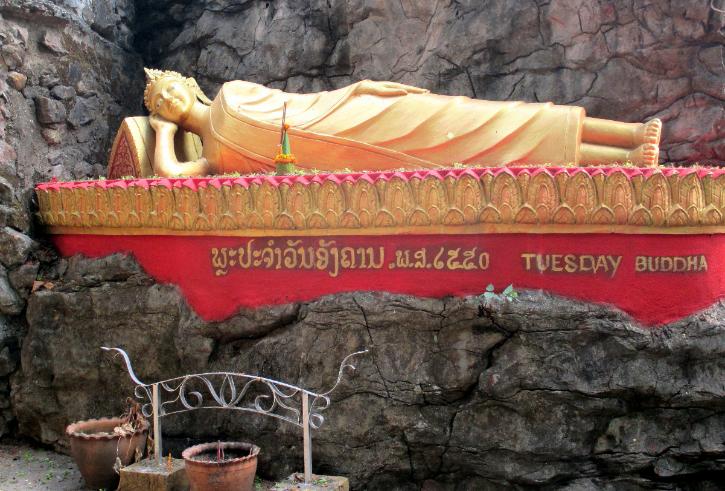
| Royal Palace Museum |
| City Life |
